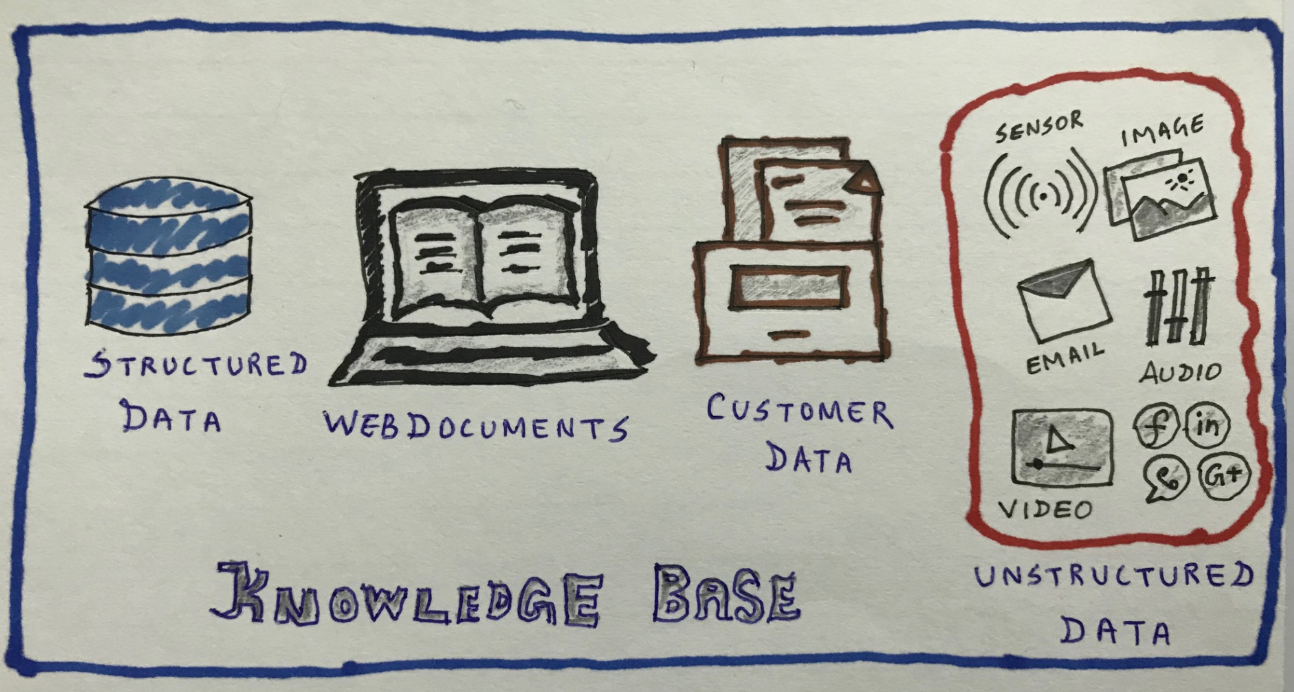“Flawless customer service facilitates opportunity more than anything else; the opportunity to exceed any and all expectations.” ~ Than Merrill, CEO & Founder, FortuneBuilders
Resolving customer issues at the earliest is as critical as delivering a new product or service to customers. While organizations strive to achieve better customer service by optimizing key metrics such as Mean Time To Resolution (MTTR), Defect Removal Efficiency (DRE), etc., Artificial Intelligence comes in handy in catering to our needs to be faster and accurate in providing resolution.
Knowledge Base


